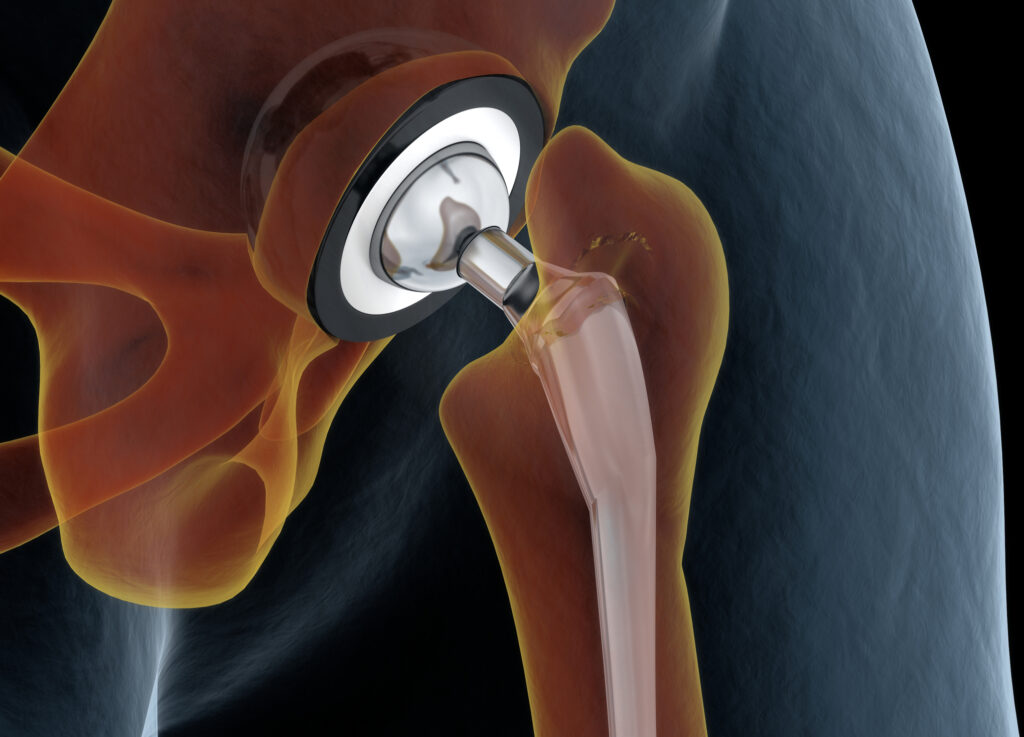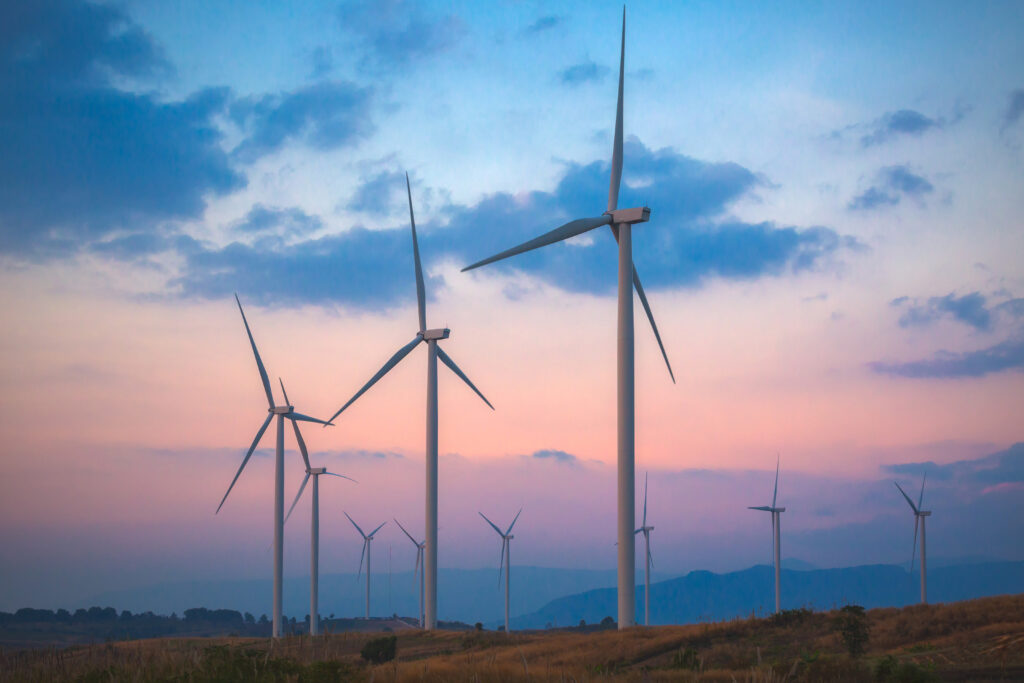Tribology Explained: What is Tribology?

Tribology might not be a word you hear every day, but its effects are all around us. It’s the science that stops your shoes slipping on a wet floor, makes sure your smartphone screen responds to your swipes, and helps engineers create machines that don’t wear out too quickly. It’s about understanding and manipulating the friction, wear, and lubrication of surfaces to make our interactions with objects around us more efficient and sustainable.
In our Tribology Explained series, we’ll explore this fascinating field and uncover how it influences the systems and technologies that we interact with daily.
Tribology: A Brief Overview
Simply put, tribology is about studying interactive surfaces in relative motion: the way your shoes rub against the ground as you walk, the way gears in a machine interact, or how the components of your car’s engine slide past each other. Tribology aims to understand how these interactions can be improved work better and last longer.
Tribology has three main components: friction, wear, and lubrication. Lets explore these a bit more!
Friction: A Useful Challenge

Friction is the resistance that one surface encounters when moving over another. It can be helpful when it keeps your car tyres from sliding on the road but can be a problem when it causes parts inside machines to wear out.
In our daily lives, we experience friction in many ways. When we write with a pencil, the graphite sliding across the paper creates friction, allowing us to leave marks on the paper. In sports, athletes use shoes with specific textures to enhance or reduce friction, adapting to their activities – whether it’s sliding in bowling or gripping in mountain climbing.
Wear: The Invisible Deterioration

Wear is the process that leads to the gradual deterioration of surfaces in contact. Understanding wear is very important as it helps us create products and materials that last longer and work better.
You can see wear happening when the soles of your shoes slowly get thinner, or when the letters on a frequently used computer keyboard start to fade. Other examples of wear include the gradual dulling of a kitchen knife as it’s used to cut food over time and the thinning of a bicycle tyre tread as it travels many miles on various surfaces.
Lubrication: The Smooth Operator

Lubrication involves putting a substance – like oil or grease – between two surfaces to make them slide together more easily, reducing friction and wear. Think about using oil to keep a bicycle chain moving smoothly or a skateboarder applying wax to a rail to glide along it.
Everyday examples of lubrication include using a non-stick spray when baking to prevent your food from sticking to the pan and the layer of water on top of an ice-skating rink that enables you to glide effortlessly over the surface. Even in our bodies, lubrication is vital – our joints contain synovial fluid, which reduces friction between our bones to allow for smooth movement.
The Real-World Impact of Tribology

Why does tribology matter to us? It’s important because it is involved in so many aspects of our daily lives, and because it is fundamental to advancing technology and sustainability. Tribology underpins everything from the performance of the wind turbines generating renewable energy, to the creation of artificial joints that can function seamlessly within the human body.
In practical terms, the knowledge that we gain from tribological research helps us to make machinery and products last longer and work more efficiently. This isn’t only good for our wallets – it helps to reduce our energy consumption and mitigate environmental impacts, making it crucial in our fight against climate change.
Understanding and optimising tribological principles can lead to groundbreaking innovations. For example, scientists are currently exploring superlubricity – a state where friction nears zero. This has the potential to significantly reduce energy use across multiple industries.

In a nutshell, tribology isn’t just for advanced researchers: it’s a field that impacts everything from the way we walk to the advanced machinery that powers our modern world. By delving into tribology, we can understand and optimise the world around us, and contribute to innovations and advancements in technology and sustainability.
Whether you’re considering a future in engineering, physics, chemistry, or materials science – or simply have a curious mind – exploring tribology can open doors to potential discoveries that can drive our world forward. So, the next time your shoes squeak against the floor or you oil your bike chain, remember it’s all about tribology!
To stay updated with the newest industry insights through our articles and news, click here!
